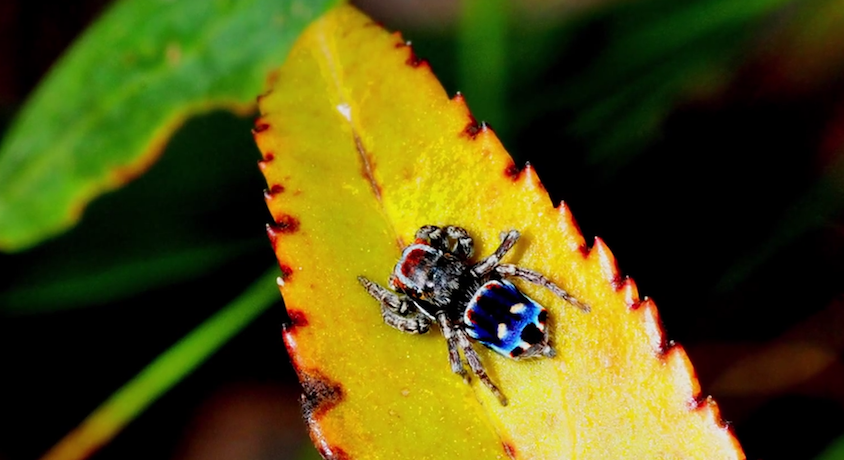A garbage collector named Stuart Harris goes for a bushwalk and photographs a spider. A spider expert then sees his photo online and realises the garbage collector has found a new species. A film (a documystery, no less, entitled Maratus) made about the story has just been released and is already winning awards.
This story is perhaps not surprising in a vast, wild country like Australia. Bushwalkers keen for a remote experience, or simply naturally curious, end up in little-visited places, where lab-bound scientists might not have the time or money to venture into. Bushwalkers’ observations of the natural world around them can help scientists figure out where plants and animals are and how many of them are out there – vital information for conservation ecologists and many others.
Consider the Wollemi pine (Wollemia nobilis), one of the world’s oldest and rarest trees, as a world-famous example. Avid bushwalker, regular Wild contributor and NSW National Parks and Wildlife Officer, David Noble stumbled upon the species in a Blue Mountains gorge in 1994. The area was considered to be botanically well explored and no one would have predicted a species only previously known from fossils being discovered.
And there are many other – albeit less prominent – examples, especially in the world of insects.
Natural history observations by amateurs can take a more formal, organised approach – citizen science. Wikipedia has it that: “Citizen science (also known as crowd science, crowd-sourced science, civic science, volunteer monitoring or networked science) is scientific research conducted, in whole or in part, by amateur or nonprofessional scientists.”
As marine manager for The Nature Conservancy and citizen science advocate Dr Chris Gillies highlights, contributions by non-scientists to science is not a new phenomenon, but the practice has never been more accessible. “Many discoveries were made by amateur scientists in the 19th Century, as it was a popular pastime for many hobbyists,” Gillies says. “Now citizen science is having something of a resurgence as just about anyone with a camera can participate in field surveys.”
Digital cameras also allow us to share images more readily and can be used to make a positive identification of a species, whereas some citizen science projects may require the use of a smartphone app (such as the Backyard Bird Count) or a computer with a stable internet connection (as in the case of FoldIt, which asks users to solve folding puzzles that can actually result in discoveries regarding molecular structures and their function).
For pre-digital examples of citizen naturalists, look no further than the delightful Australian publication, Wild Life, which was published from 1938 to 1954 (ask your local library if they’re holding any copies). This magazine ran the columns, ‘You asked for it’ where notes and specimens were sent in by readers, ‘Along the track’ where the editor comments on readers observations and the ‘Junior Nature Notes”. It makes for some wonderful reading. It also indicates that children were possibly more interested in natural history, or more willing to share their observations at least. For current examples of children in citizen science, programs like the School of Ants aim to engage with children and encourage an interest in the natural world in an accessible way.
If your interest is piqued, have a look at what you could contribute to in your own backyard. Even urban areas have possibilities limited only by your imagination. From counting lyrebirds, monitoring koalas right down to the smallest insects. From forested areas to the urban, there are possibilities everywhere – all you need is an interest in nature.
Have an interest in Australian-based citizen science projects? We’re compiling a list of recent and ongoing efforts to help people find a project that best suits them. If you know of a project we should list, please leave a comment below or email us via wild@primecreative.com.au.
Get started in citizen science with the following groups and resources:
Australian Citizen Science Association
Australian Museum Centre for Citizen Science


